Search
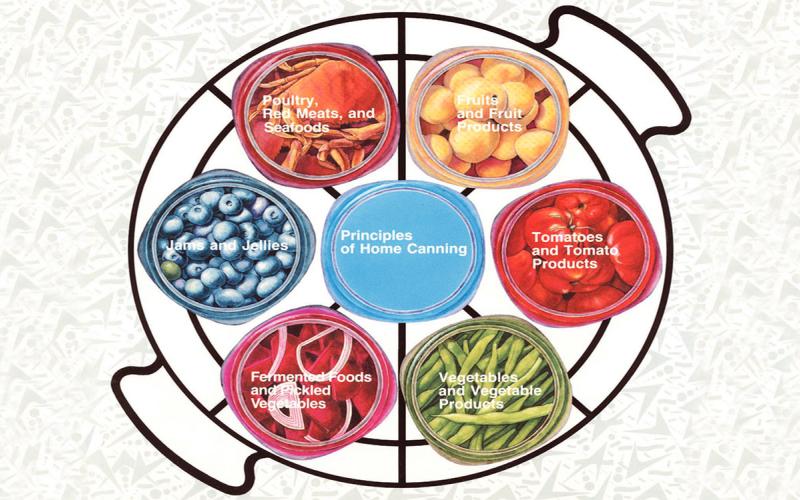
Importance of Evidence-based Food Preservation and Where To Find Information
The key to a safe and delicious product starts with the preservation recipe. View some recommended resources that offer safe, evidence-based recipes and step-by-step preservation method procedures.

Home-Dried Jerky: Process and Tips
Making jerky is a great way to enjoy a variety of meats for months to come! It requires no refrigeration and can be made from any lean meat, such as beef, pork, bison and venison.
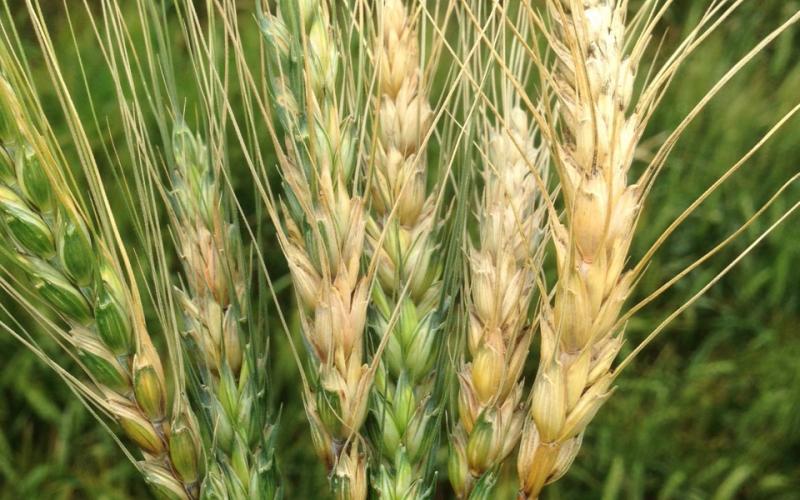
Wheat Stem Maggots Observed in S.D. Wheat
While scouting wheat fields throughout South Dakota, we have started noticing the presence of bleached heads scattered throughout many different fields. These discolored heads are the result of an infestation of the wheat stem maggot.
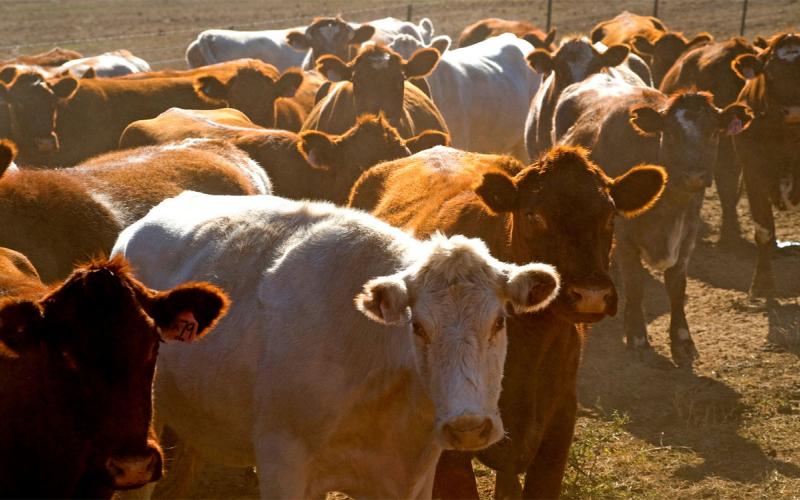
SDSU Extension Encourages Producers to Prepare for Extreme Heat Temperatures
August 02, 2022
SDSU Extension provides resources to help livestock producers prepare for extreme temperatures. With temperatures expected to rise into the upper 90s over the next week, it is important for producers to prepare and have proper mitigation strategies in place.
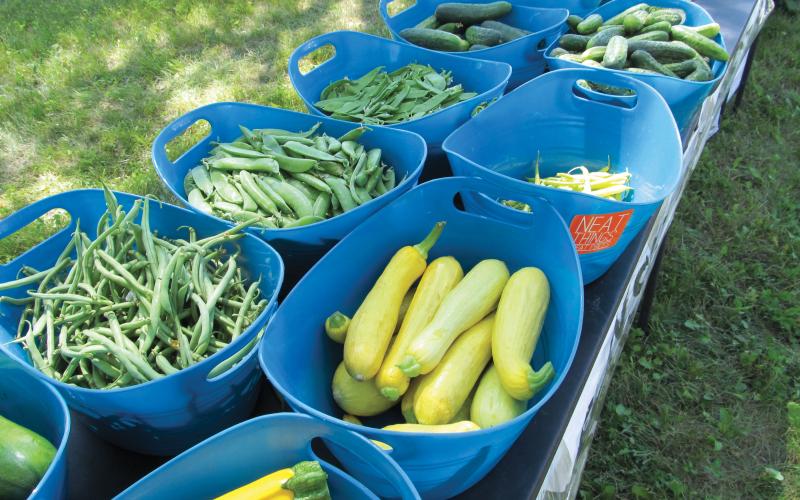
Food Safety for Farmers Markets
Food safety bulletins for farmers markets and other direct marketing vendors
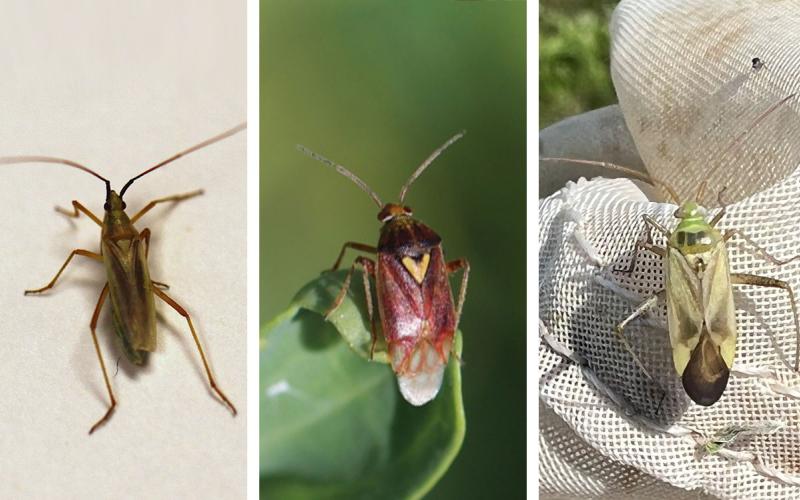
Plant Bugs Active in Alfalfa
Plant bugs are active in alfalfa fields across the state. A common question we receive from producers is why some of these bugs look so different from others.

Mid-to-Late Soybean Disease Management
Even though it has been hot and humid this summer, some soybeans around the state have seen ideal conditions for mid-to-late season disease development. Learn some common diseases to scout for.

Another Year of Dectes Stem Borer Issues in Sunflower?
Based on the current drought conditions in our sunflower production areas, it is likely that Dectes stem borer will cause issues earlier than normal in the areas experiencing drought.
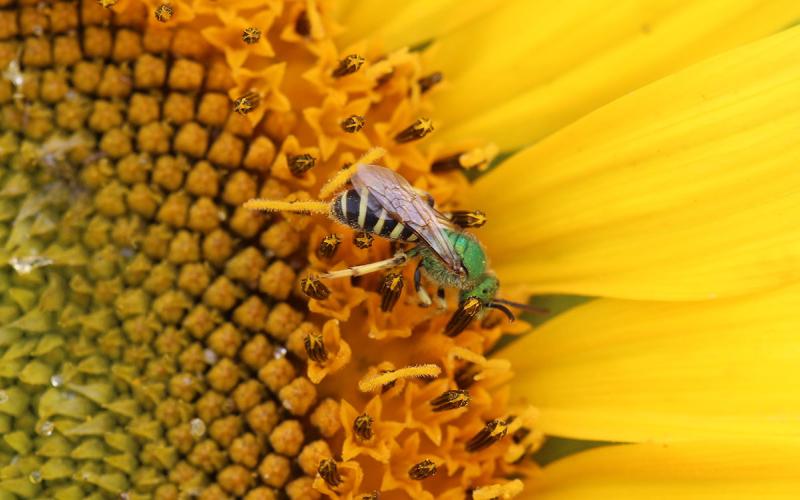
Time to Spray Sunflowers: Don’t Forget About the Pollinators
As sunflowers in South Dakota begin to reach the flowering stages, it is important to remember that, in addition to insect pests, there are also pollinators visiting these flowers.
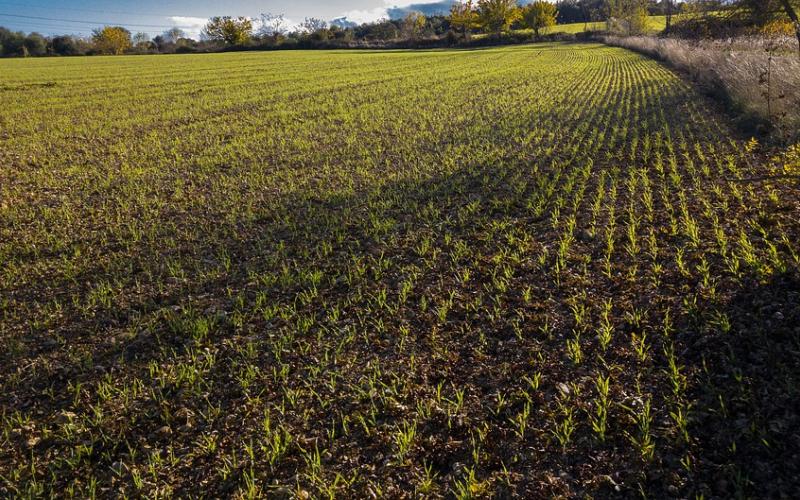
Winter Wheat Breaking Dormancy Early
A threshold indicator for winter wheat emergence is to consider average temperatures over a 14-day period. When that 14-day average temperature is equal to or above 5°C, or 41°F, then hard red winter wheat can break dormancy.